Journal of Toxicology: Dietary Exposure to Pesticide Residues from Commodities Alleged to Contain the Highest Contamination Levels
Since 1995, the Environmental Working Group (EWG) has developed an annual list of fruits and vegetables, frequently referred to as the “dirty dozen,” which this group inaccurately describes as having “high” pesticide levels. EWG cautions consumers to avoid conventional forms of these fruits and vegetables and recommends that consumers purchase organic forms of these commodities to reduce their exposure to pesticide residues.
A peer reviewed paper published in the Journal of Toxicology examined EWG’s list and their methodology for the list development. The key findings of the paper:
- Exposures to the most commonly detected pesticides on the twelve commodities pose negligible risks to consumers;
- Substitution of organic forms of the twelve commodities for conventional forms does not result in any appreciable reduction of consumer risks;
- The methodology used by EWG to rank commodities with respect to pesticide risks lacks scientific credibility.



